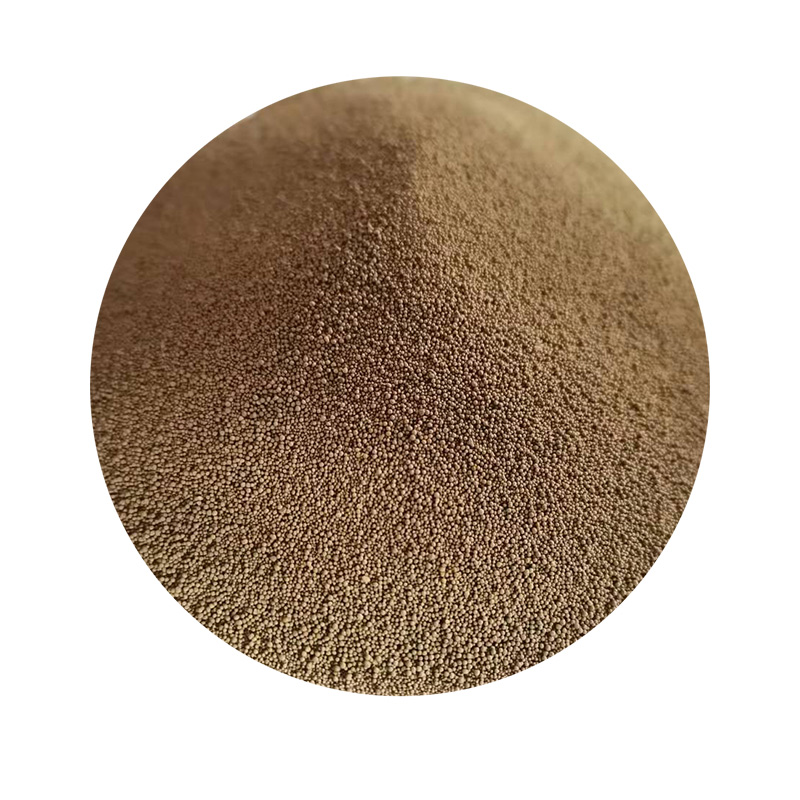Lost Foam Casting An Overview and Applications
Lost foam casting (LFC) is an innovative manufacturing process that has gained traction in various industries, thanks to its ability to produce complex shapes with high accuracy and minimal waste. This method involves creating a foam model of the part to be cast, which is then surrounded by a molding material. Once the mold is formed, the foam is vaporized by the molten metal, leaving behind a precise cavity for the final product. The following sections will delve into the process, advantages, and practical applications of lost foam casting.
The Process of Lost Foam Casting
The lost foam casting process comprises several key steps
1. Foam Pattern Creation The first step involves creating a pattern using expanded polystyrene (EPS) foam. This pattern is designed to be a precise replica of the final product. Since foam is lightweight and can easily be molded, intricate and complex designs can be achieved without adding additional costs.
2. Coating the Pattern The foam pattern is coated with a fine layer of sand and a binding agent. This step is crucial as it creates a durable mold that can withstand the heat of the molten metal while maintaining the integrity of the foam pattern.
3. Molding After the coating dries, the coated foam patterns are packed in dry sand to form a mold. The sand serves to hold the shape and provide support during the pouring of molten metal.
4. Metal Pouring Once the foam is packed in sand, molten metal is poured into the mold. As it flows in, the intense heat vaporizes the foam model, effectively creating an exact replica of the foam shape in metal.
5. Cooling and Finishing After the metal has cooled and solidified, the mold is broken open to retrieve the final product. Additional finishing processes may be required, such as grinding or machining, to achieve the desired surface quality.
Advantages of Lost Foam Casting
Lost foam casting offers numerous advantages over traditional casting methods
lost foam casting examples

- Complex Geometries LFC allows for the production of intricate and complex geometries that would be difficult or impossible to achieve with conventional methods.
- Reduced Waste The process minimizes material waste because the foam pattern is vaporized and replaced by metal without leaving excess material to be trimmed.
- Precision and Accuracy The accuracy of the foam pattern translates directly to the final cast piece, resulting in very few dimensional errors and little to no need for post-processing.
- Environmentally Friendly As the foam pattern is typically made of EPS, which can be recycled, and since the process generates less waste, LFC is a more environmentally friendly option.
Applications of Lost Foam Casting
Due to its versatility, lost foam casting has found applications across various industries
1. Automotive Industry LFC is extensively used for producing engine blocks, cylinder heads, and other critical components. Manufacturers benefit from lightweight designs and performance improvements that are achievable through this casting method.
2. Aerospace The aerospace sector also capitalizes on the advantages of LFC. Components for aircraft, such as brackets and housings that require high strength-to-weight ratios, are often produced using this technique.
3. Heavy Machinery The construction and heavy machinery industries utilize lost foam casting for producing durable parts such as gears, pumps, and housings, where precision and durability are essential.
4. Art and Sculpture Artists and sculptors have embraced LFC to create intricate designs in metal. The ability to cast complex shapes allows for innovative artistic expressions that were previously constrained by traditional metalworking techniques.
In conclusion, lost foam casting is a revolutionary technique that combines efficiency, precision, and environmental consciousness. Its ability to create complex shapes with reduced waste makes it an appealing choice for a wide range of industries, from automotive to aerospace, and even art. As technology advances, the capabilities and applications of lost foam casting will likely continue to expand, setting the stage for future innovations in the manufacturing sector.
Post time:nov . 24, 2024 06:11
Next:sand casting china
